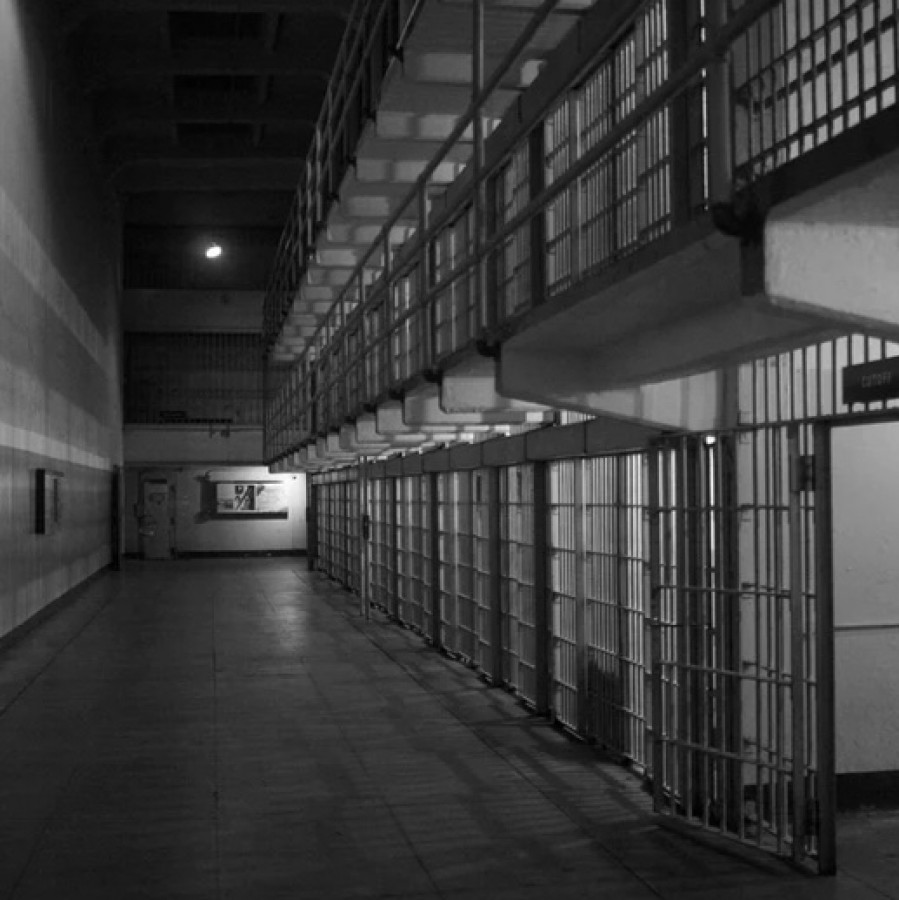A disturbing 500 percent increase in incarcerated Americans over the past 40 years has 2.2 million people currently residing in the United States’ prisons.
These increased incarceration rates are not due to increased crime rates, but instead due in part to other factors including changes in law and policy. Many recent forms of legislation reforming the United States’ prison system have been passed.
Dr. Katy Strzepek, Ph.D., the organizer for the Women for Social Justice Conference, believes in prison reform. “Some communities have developed drug courts and other alternatives to incarceration,” she explained. “Sex trafficking laws have also changed in Iowa so that teens who are abused won’t be charged with prostitution. There are other reforms that have challenged 3 strikes laws and long-term incarceration of youth.”
Unlike many other laws worsening the state of the federal prison system, these examples of legislation help improve the conditions of the United States’ jails and prisons.
However, substantial progress must be made on prison reform in the United States.
The United States leads the world in incarceration rates with about 25 percent of the world’s prisoners. This is a startling statistic, as only 4.25 percent of the world’s population resides in the United States.
This is partially because, in the United States, many prisons are businesses. It is not about getting people the help they need to be functioning members of society. Instead, prisons need prisoners to maintain or increase their profits.
Private prisons in the United States incarcerated 121,718 people in 2017, representing 8.2 percent of the total state and federal prison population. Although this is a seemingly low percentage, since 2000, the number of people residing in private prisons has increased by 39 percent.
Sociology teacher Trevor Zahn believes the United States’ privatized prison system is flawed. “In terms of privatization, one has to wonder about the quality of rehabilitation programs in those situations because these private corporations make money based around prison management, which would seem that decreased recidivism would not be great for long-term projections,” Zahn said.
Ceasing the privatization of the United States’ prison system through changing laws and working on more widespread restorative justice practices would make prisons oriented more towards the well-being of their prisoners. As a result, it would potentially make the justice system less inclined to place harmless criminals into the prison system, as it would no longer be profit-driven.
Getting the accused the help they need is yet another solution to help mitigate the unjust nature of the United States’ prison system. Criminals, like many individuals who are incarcerated based on drug charges, are wrongfully placed in prison, as they are more of a threat to themselves than they are to those around them.
Strzepek discussed her ideas on how to best get criminals afflicted by addiction the help they need. “I think we could lower incarceration rates by providing treatment for mental illness and addiction and using restorative justice circles for some types of crimes,” she stated. “These programs can reduce community violence.”
Some prisoners are mentally ill and prison only intensifies the severity of their addictions and mental health issues. Imprisonment often does more harm than good in reforming alleged criminals’ deviant behaviors. Programs and forms of treatment could lower incarceration rates, as they quite possibly would reduce community violence.
With the current system, approximately 68 percent of released prisoners were rearrested within 3 years, 79 percent within 6 years and 83 percent within 9 years, indicating that current methods are ineffective.
Alleviating poverty is an additional solution to help mitigate crime rates. Incarceration rates and poverty are immensely interconnected. Recent research illustrates that the number of individuals living in poverty would reduce by as much as 20 percent if not for the recent increase in incarceration rates. Additionally, these incarcerated individuals are typically impoverished and prison only serves to worsen their financial states.
This can be achieved multiple ways including through various legislation that establishes social assistance programs, raises the minimum wage and helps to create public jobs.
However, these alternative methods may cause a backlash from the public. Zahn discussed the potential concerns the public may have regarding prison reform. “[Prison reform] would make a lot of people uneasy,” Zahn explained. “I think, unless our society were to undergo significant changes in our philosophy of crime and punishment, it would be a hard sell for a lot of people.”
Prison reform is a multifaceted issue requiring multiple solutions including ceasing privatization, incorporating widespread restorative justice practices, administering better treatment for individuals struggling with mental illness and addiction and creating programs to ease poverty. The citizens of the United States must be open-minded to the alternative methods of correction that a reformed prison system could offer, as it could lower crime rates and improve the lives of millions.









